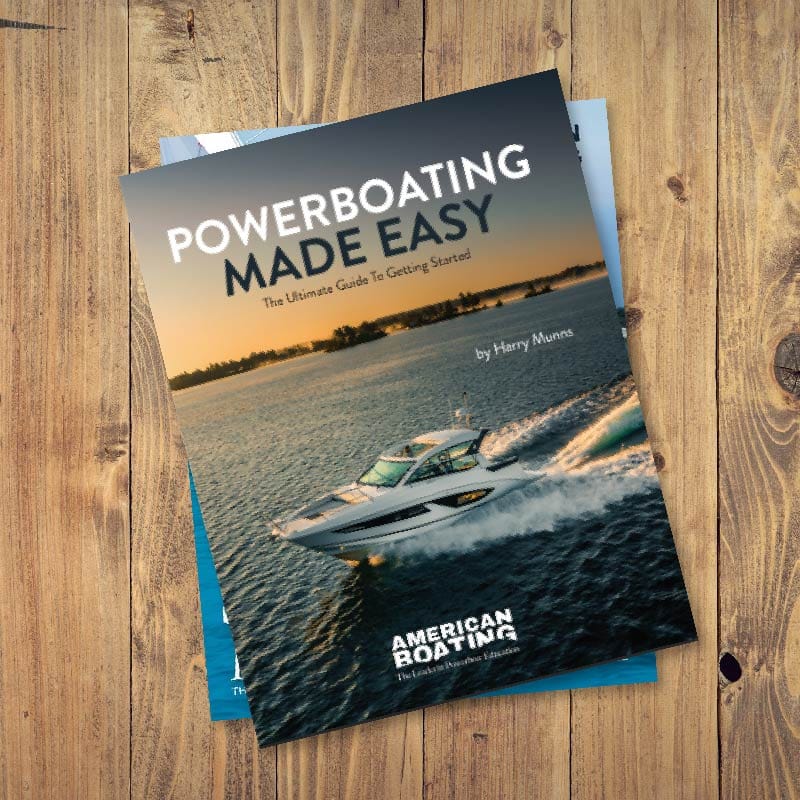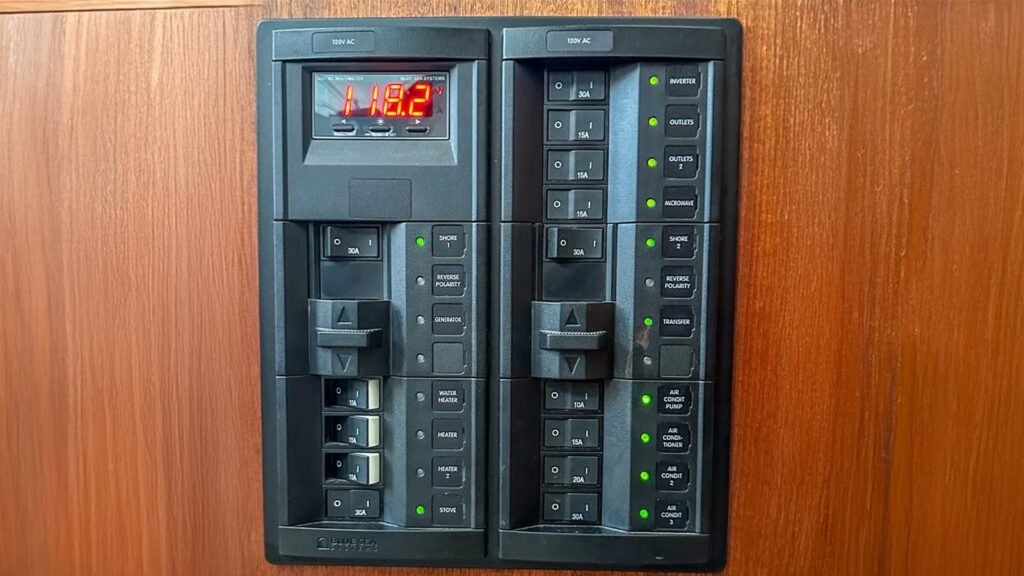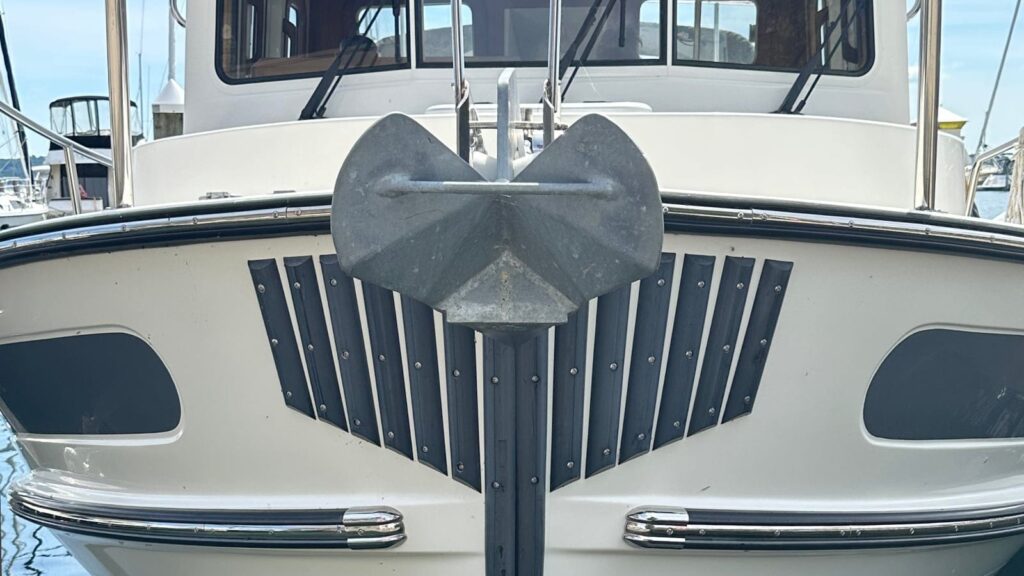Inspect, Inspect, Inspect
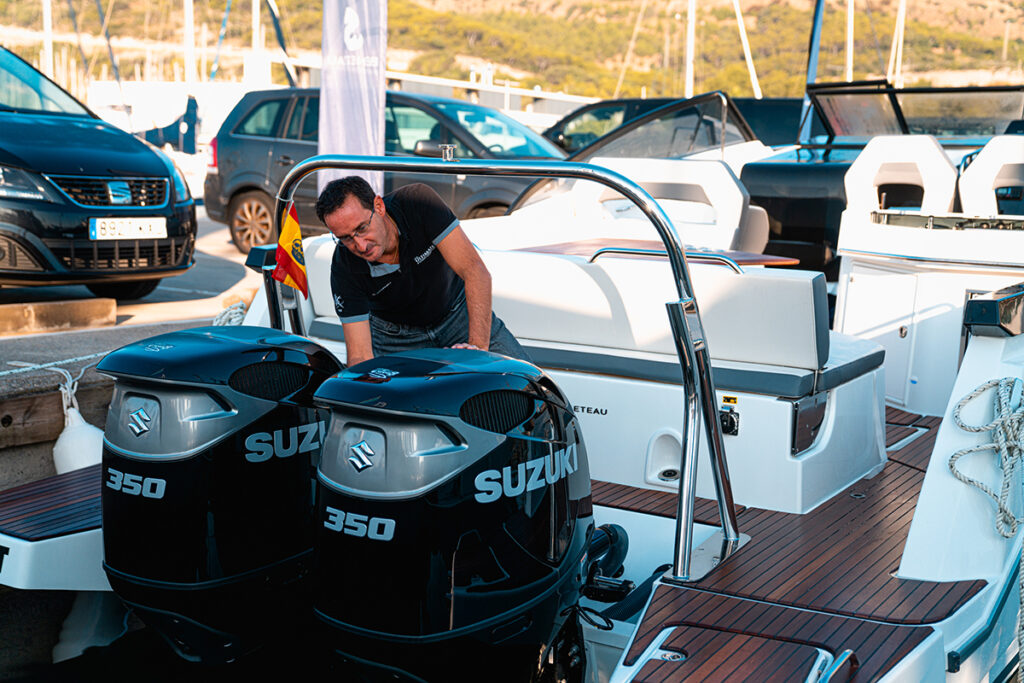
An excerpt from Powerboating Made Easy
by Harry Munns
Surprises may be fun when it comes to parties, but they can add uncertainty to boating. The good news is that many of the things that can break on a boat can be identified and fixed before the boat leaves the dock.
You may look at some of the same things in both an inspection and a checklist. Checklists are generally followed before and after every boating trip. You would inspect the boat less frequently, unless an inspection turns up something that’s deteriorating quickly.
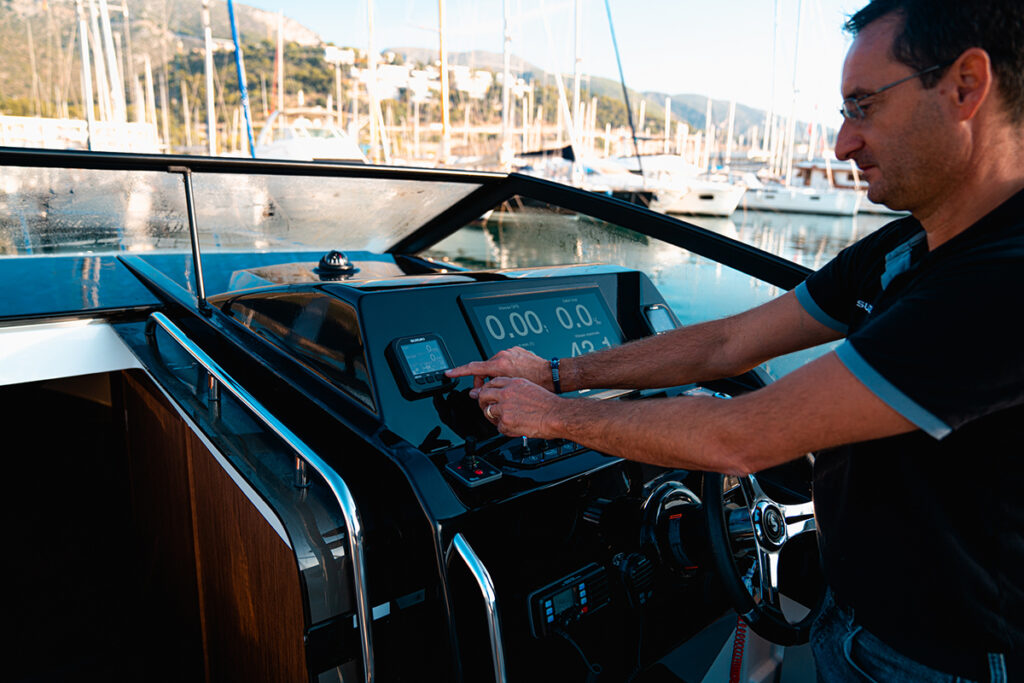
Inspect for points of potential failure due to something like rust or wear. You want to look at and touch everything that’s practical to inspect. It’s mostly visual, but twisting, pushing, and pulling can help expose weakness in something that’s about to fail.
Here are some items to inspect and what you might find. Your boat may have equipment and components not listed. This list is simply an example, not a comprehensive list. Add whatever might be appropriate for the boat you’re inspecting.
Powerboat Inspection Checklist
- Hull: look for cracks and holes; pay close attention to hull perforations such as drain fittings.
- Transom: especially critical for outboard motors; look for cracks, delamination, and separation.
- Deck: make note of cracks, delamination, and flexing under weight.
- Engine: look for signs of movement, looseness of mounting mechanism, or anything loose or disconnecting.
- Air vents: make sure intake vents point forward; remove any obstructions.
- Fuel tank: make sure filler is clear; check hoses for deterioration; check connections for leaking fuel; make sure vent is clear.
- Steering: check for binding or difficulty turning; wear at fittings.
- Cables: check condition; look for cracking of casing or wear at fittings.
- Deck hardware: check cleats, pad eyes, and fair leads for rust, corrosion, and wear.
- Opening compartments: check hinges and locking hardware.
- Running lights: turn them on and look closely – daylight makes them hard to see.
- Ground tackle (anchors, chains, line): how many, what type, and make sure it’s adequate and appropriate for the depth and holding ground; wired shackle pin.s
- Bilge pumps: activate float switch and manual switch or manual pump to see it removes water.
- Battery: make sure it’s inside a plastic case and lashed to a secure point; terminals are tight and
not corroded; if it’s an open cell battery, check fluid levels and fill if necessary.
